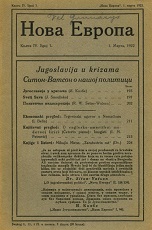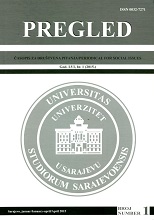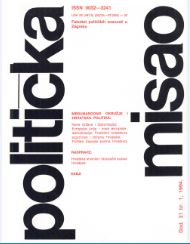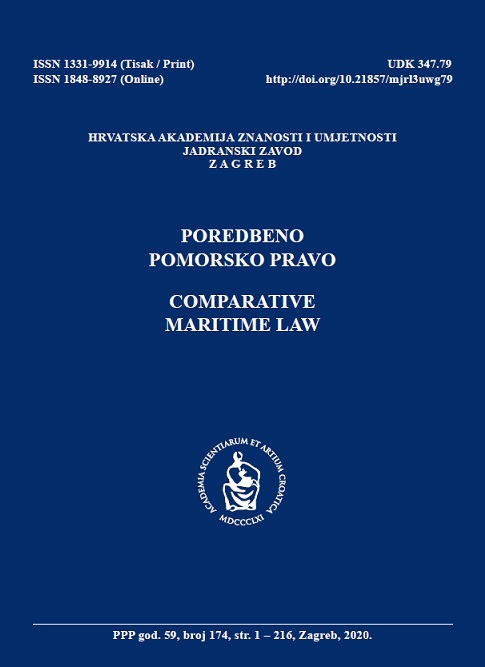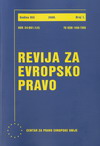O niskom fertilitetu iz ugla ekonomske aktivnosti ženskog
stanovništva
Author(s): Ankica S. Šobot / Language(s): Serbian
/ Issue: 2/2014
Keywords: low fertility; economic activity; employment of female population; reconciliation between work and family life; gender equality
Below replacement fertility was the outcome of changes in the education and socio-professional structure of women, as well as modifications in values and life aspirations. On the other hand, economic strengthening of women and encourage-ment of jobs which require greater dedication and more of their time are important aspects of achieving gender equality. These two circumstances gave rise to contemplations on the connection between economic activities of female population and the level of births in postindustrial societies.The aim of this article is to point out to the positive influence of female employment on the fertility level, as a capacity for encouraging births in Serbia. When observing the most developed European countries, it can be noticed that greater birth rates are noted in those countries in which there are greater economic activity and employment rates of female population. Furthermore, a series of researches and comparative analyses confirm the positive relation between female employment and fertility. The differences regarding of birth rates among European welfare states are seen as a result of the possibilities of female employment, reconciliation between work and parenthood and the division of gender roles within the family. The influence of economic activity on fertility levels is determined by an institutional framework of family support and gender equality (Engelhardt and Prskawetz, 2004, Neyer, 2006; Andersson and Scott, 2007; Rovny, A.E. 2011; Seeleib-Kaise and Toivonen, 2011).During the first decade of the 21st century, the birth rates in Serbia were by about 30% lower than in the countries which had the highest fertility within European frameworks. The traditional labor division in the household and parenthood produces conflicts between families and employment, recognized in the practices of everyday life (Blagojević, 1997; Blagojević-Hjuson, 2013) and standpoints on the relation between parenthood and employment (Ignjatović, et al., 2011). The gender inequality on the micro level represents an unfavorable social framework for making childbearing decisions due to relatively high economic activity of women. Apart from that, high unemployment of both female and male population in Serbia is yet another adverse circumstance for forming a family and making decisions on births. Also, a challenge in reversal of low birth rates are regional differences of socio-economic characteristics of the female population. In that sense, the share of economically inactive among women of reproductive age in Vojvodina and two regions in Central Serbia area (excluding the region of Belgrade), as well as lower fertility of employed and unemployed women in the Belgrade region, are imposed. Economic activity and employment of female population form a positive framework in reproductive behavior, if the conditions regarding the characteristics of gender regime are fulfilled. In such circumstances fertility is around the replacement rate, which represents the highest birth rate values in European welfare states. Having in mind high valuation of family and parenthood on one hand, and economic characteristics of the female population in Serbia on the other, the question is whether the economic activity of women is the area where encouragement of childbearing to more than two children could be influenced. The reply requires more in-depth analysis of relevant data, as well as more concrete empirical and better quality research.
More...
